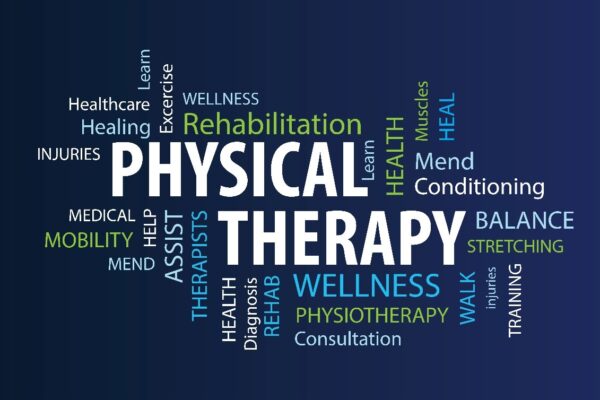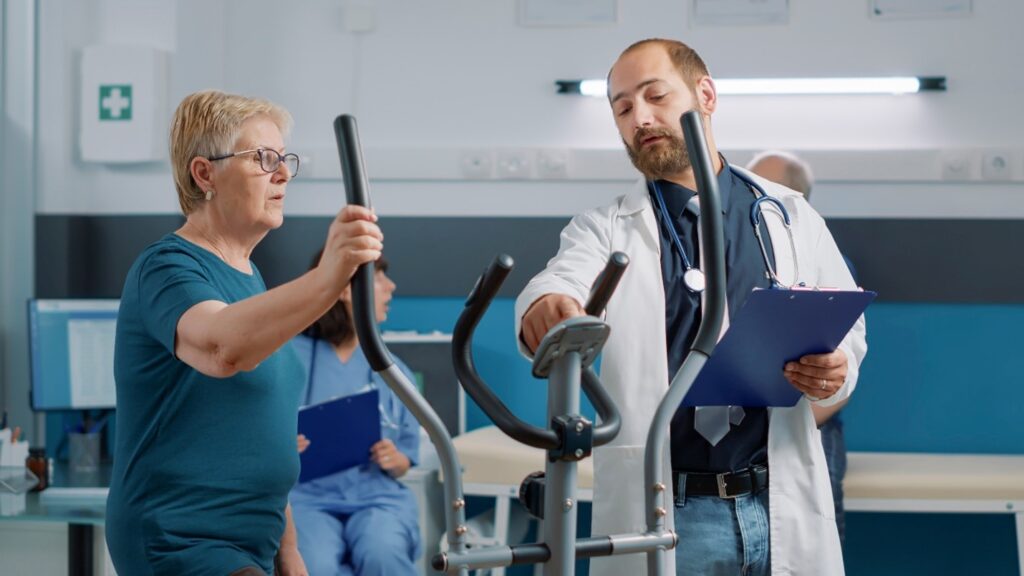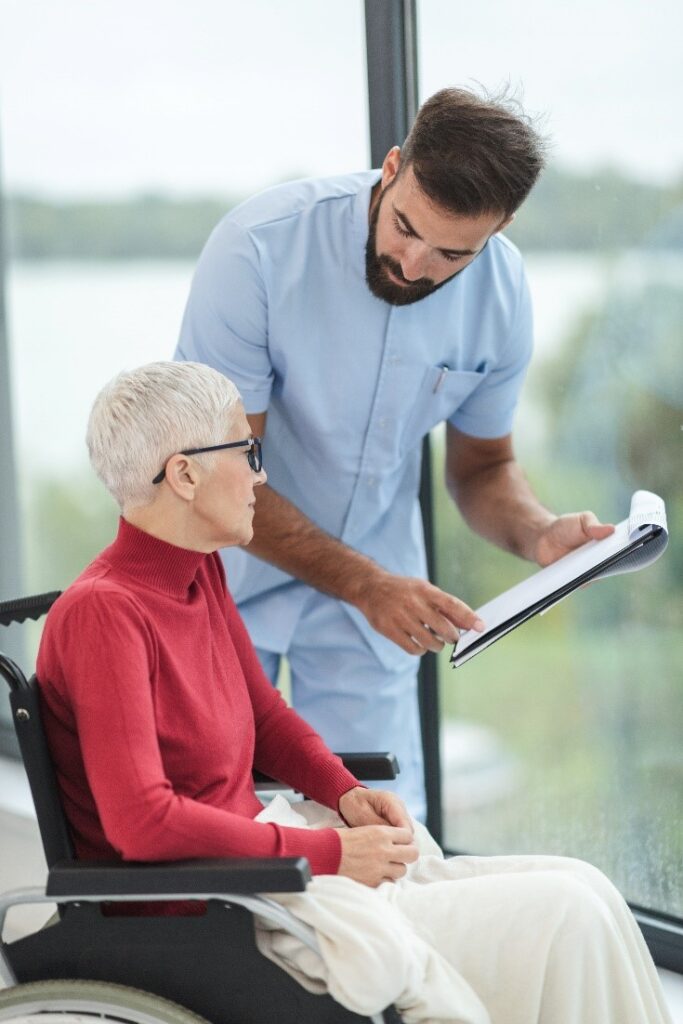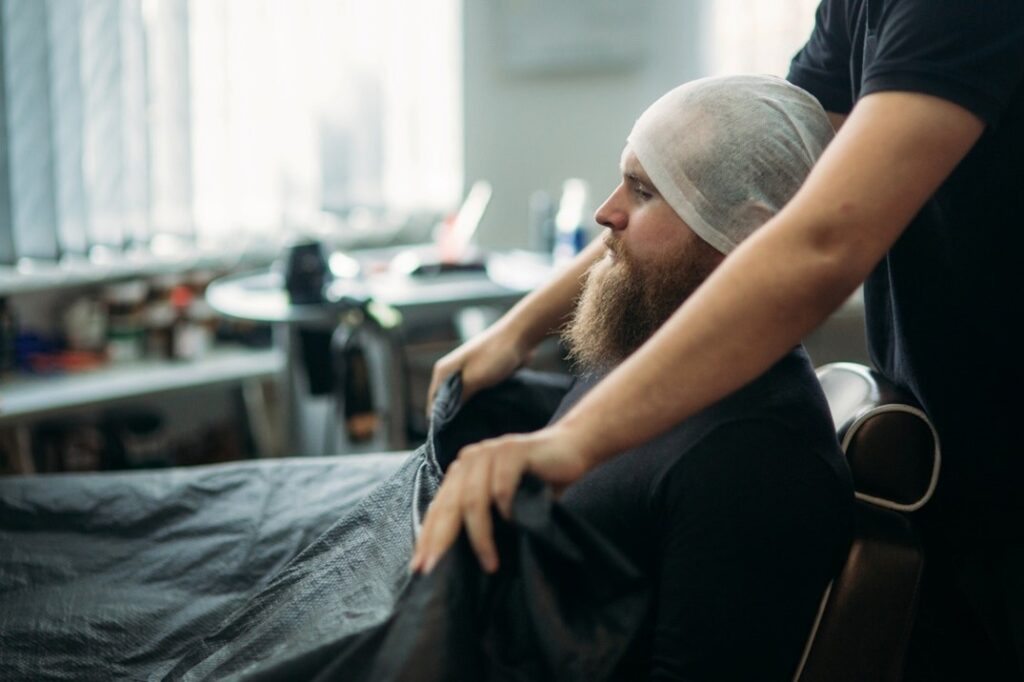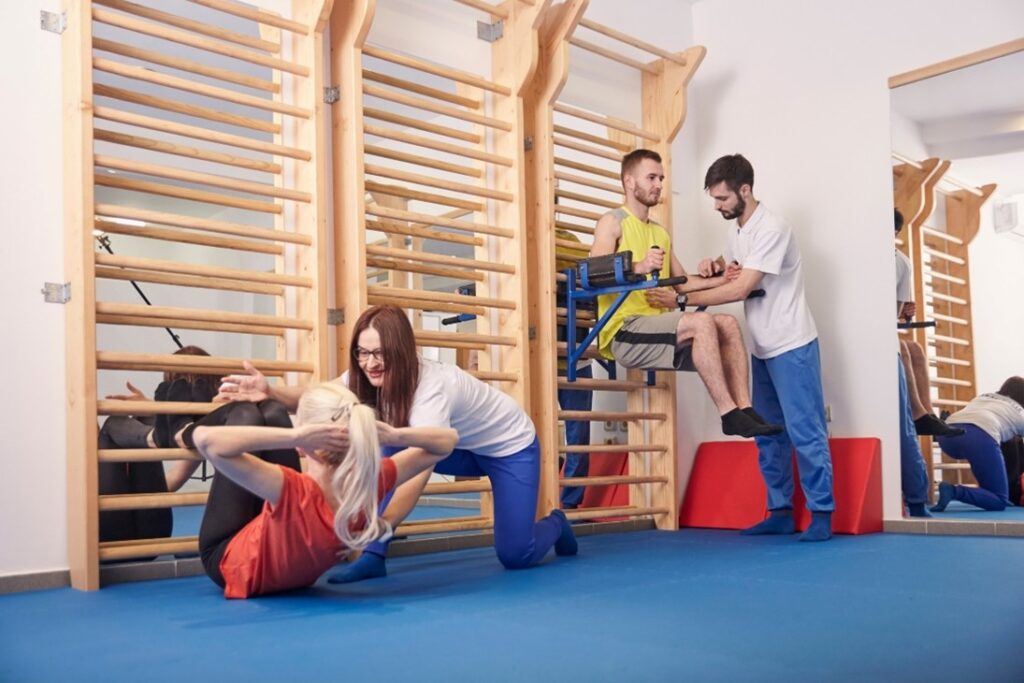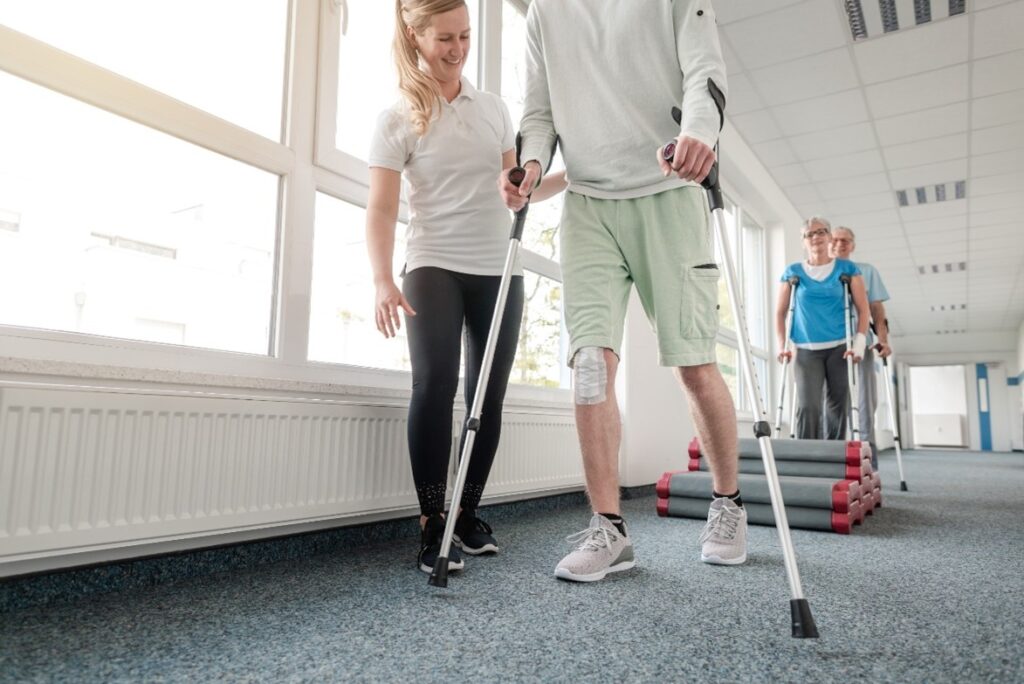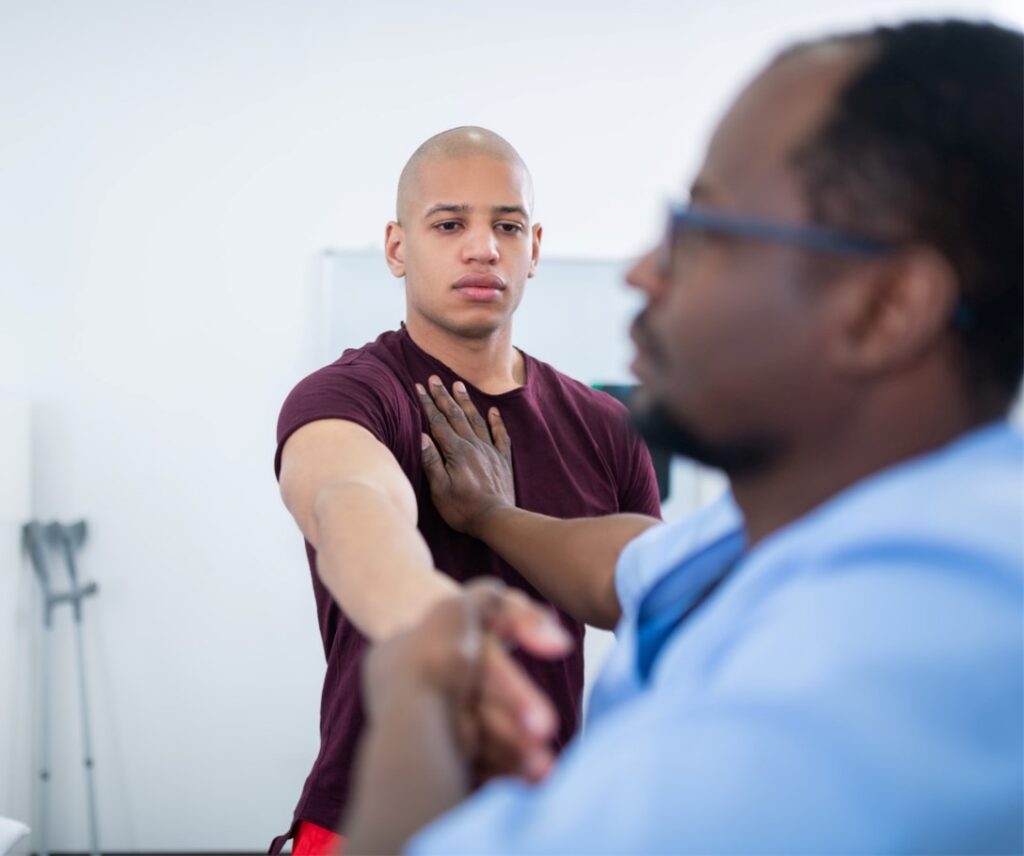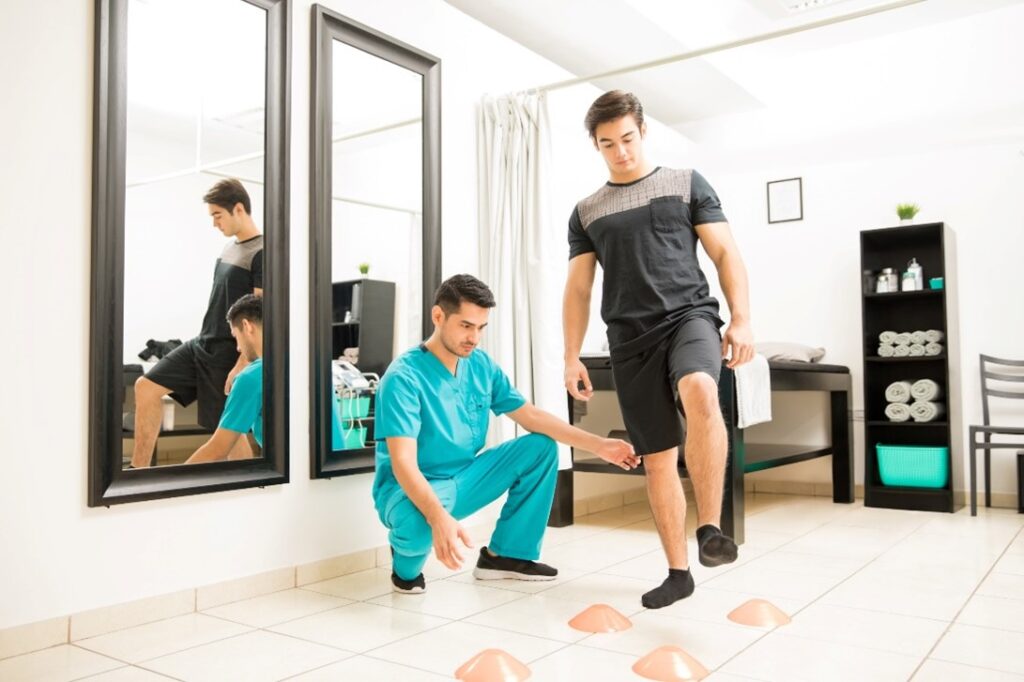The journey through cancer and its treatment is undeniably challenging, as it impacts not just one’s physical health, but also their emotional and mental well-being. However, the end of active treatment doesn’t mark the end of this journey. Instead, it heralds the beginning of a new phase – rehabilitation. Cancer rehabilitation is a critical, yet often overlooked, aspect of cancer care. This blog from John R. Callen aims to provide an insightful overview of cancer rehabilitation, emphasizing its significance in helping individuals navigate the road to recovery.
Understanding Cancer Rehabilitation
Cancer rehabilitation is a process that helps individuals affected by cancer to regain their highest possible physical, social, psychological, and vocational functioning. The process begins after treatment and can continue for months or even years, depending on the individual’s unique needs. It involves a team of specialists, including physical therapists, occupational therapists, speech therapists, nutritionists, and mental health professionals, all working together to help patients overcome the physical and emotional challenges posed by cancer and its treatment.
The Goals of Cancer Rehabilitation
The primary goal of cancer rehabilitation is to help patients return to their pre-cancer level of function or the best possible state of health and independence. This encompasses several aspects:
- Restoring Physical Function: Cancer treatments such as surgery, chemotherapy, and radiation can cause physical side effects like fatigue, pain, stiffness, and lymphedema. Rehabilitation aims to address these issues, helping patients regain strength, mobility, and endurance.
- Managing Pain and Discomfort: Effective pain management is a crucial component, as it significantly impacts a patient’s quality of life.
- Emotional and Psychological Support: Cancer can be a traumatic experience. Rehabilitation provides psychological support to help patients cope with anxiety, depression, and the fear of recurrence.
- Nutritional Guidance: Proper nutrition is essential for recovery. Dietitians in the rehab team assist patients in developing a nutritional plan that supports their overall health and recovery.
- Vocational Rehabilitation: For many, returning to work is a significant milestone of recovery progress. Vocational rehabilitation helps patients regain the skills and stamina required to return to their professional life.
The Rehabilitation Process
Cancer rehabilitation is a highly individualized process. It begins with a comprehensive assessment of the patient’s physical, emotional, and vocational needs. Based on this assessment, the rehabilitation team develops a personalized plan that may include a combination of various therapies.
Physical Therapy
Physical therapy is often at the core of cancer rehabilitation. It includes exercises to improve strength, flexibility, and endurance. Physical therapists also work on balance and coordination, which can be affected by cancer treatments.
Occupational Therapy
Occupational therapy focuses on improving patients’ ability to perform daily activities. This can include exercises to improve hand and arm strength, training in energy conservation techniques, and adaptive strategies to manage day-to-day tasks.
Speech and Language Therapy
For patients who have had cancers of the head, neck, or lung, speech and language therapy is vital. This therapy helps in restoring speech, language, and swallowing functions.
Nutritional Support
A dietitian provides guidance on eating habits to help restore strength and rebuild tissue. This is especially important for patients who have experienced significant weight loss or have specific dietary needs following treatment.
Psychological Support
Mental health professionals address the emotional and psychological impacts of cancer. Counseling and support groups can be instrumental in helping patients navigate the emotional challenges of recovery.
Overcoming Challenges in Rehabilitation
Cancer rehabilitation is not without its challenges. Patients often face fluctuating energy levels, pain, and emotional upheavals. Rehabilitation professionals are trained to adapt therapies to these changing needs, ensuring that the rehabilitation plan remains effective and achievable.
Tailoring to Individual Needs
Cancer rehabilitation is not a one-size-fits-all approach. The type, stage, and treatment of cancer, along with the patient’s overall health, lifestyle, and personal goals, all play a role in shaping every individual’s rehabilitation process.
Integrating Rehabilitation into Life
A significant aspect of rehabilitation is teaching patients how to integrate the exercises and strategies learned into their daily lives. This ensures that the benefits of rehabilitation extend beyond the clinical setting and into every aspect of their lives.
The Role of Technology in Rehabilitation
Technological advancements have brought new dimensions to cancer rehabilitation. From tele-rehabilitation services, which allow patients to access therapy from home, to advanced prosthetics and assistive devices, technology is expanding the possibilities of rehabilitation.
Virtual Rehabilitation
Tele-rehabilitation has been particularly beneficial during the COVID-19 pandemic, ensuring continuity of care while maintaining safety. Virtual platforms enable therapists to monitor progress and provide guidance remotely.
Wearable Technology
Wearable devices can track physical activity, provide reminders for exercises, and monitor vital signs, offering valuable data to both patients and their therapists.
The Future of Cancer Rehabilitation
The field of cancer rehabilitation is constantly evolving. Research is ongoing into new therapies and interventions to enhance recovery. There is also a growing recognition of the importance of early intervention, which is to start rehabilitation as soon as possible, sometimes even during cancer treatment, to mitigate side effects and improve outcomes.
Cancer rehabilitation is a vital component of the cancer care continuum. It plays a crucial role in helping survivors not just live, but thrive after cancer. As our understanding of cancer and its effects continues to grow, so too will our approaches to rehabilitation, offering hope and support to those on the road to recovery. For anyone embarking on this journey, remember that rehabilitation is about more than physical recovery; it’s about reclaiming your life and moving forward with strength and resilience.



